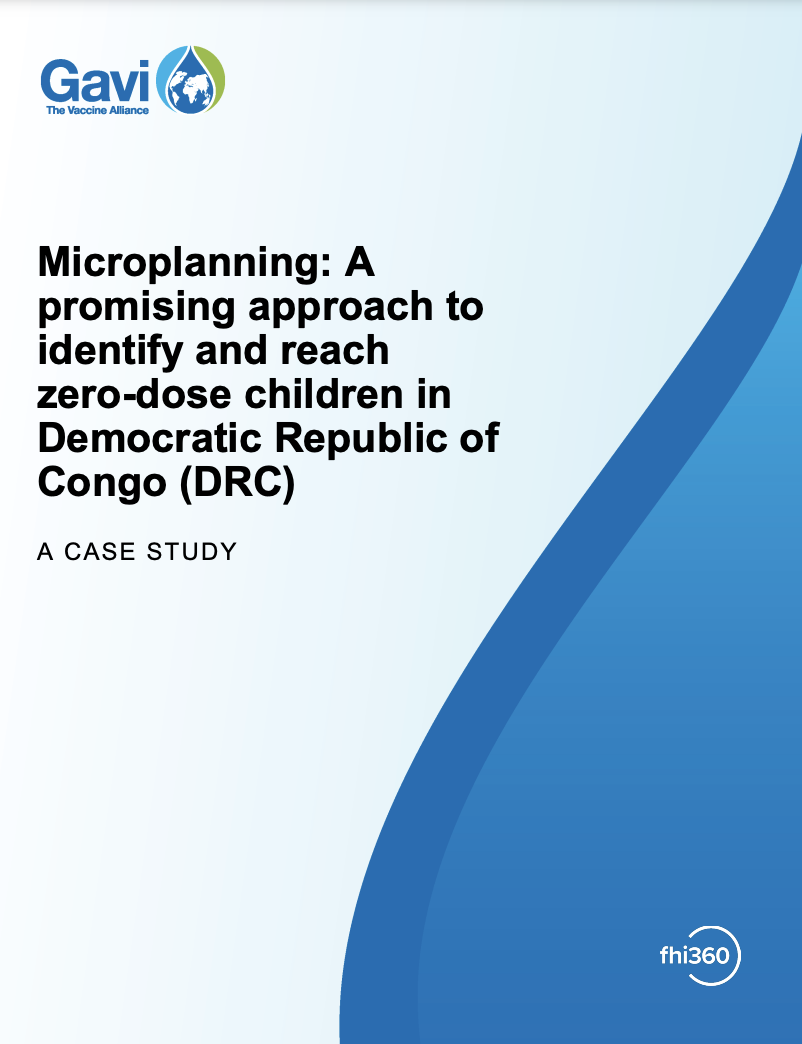High-resolution estimates of social distancing feasibility, mapped for urban areas in sub-Saharan Africa
Social distancing has been widely-implemented as a public health measure during the COVID-19 pandemic. Despite widespread application of social distancing guidance, the feasibility of people adhering to such guidance varies in different settings, influenced by population density, the built environment and a range of socio-economic factors. Social distancing constraints however have only been identified and mapped for limited areas. Here, we present an ease of social distancing index, integrating metrics on urban form and population density derived from new multi-country building footprint datasets and gridded population estimates. The index dataset provides estimates of social distancing feasibility, mapped at high-resolution for urban areas across 50 countries in sub-Saharan Africa.
| Authors | Heather R. Chamberlain, Attila N. Lazar & Andrew J.Tatem |
|---|---|
| Source | Scientific Data |
| Published | 2022 |



